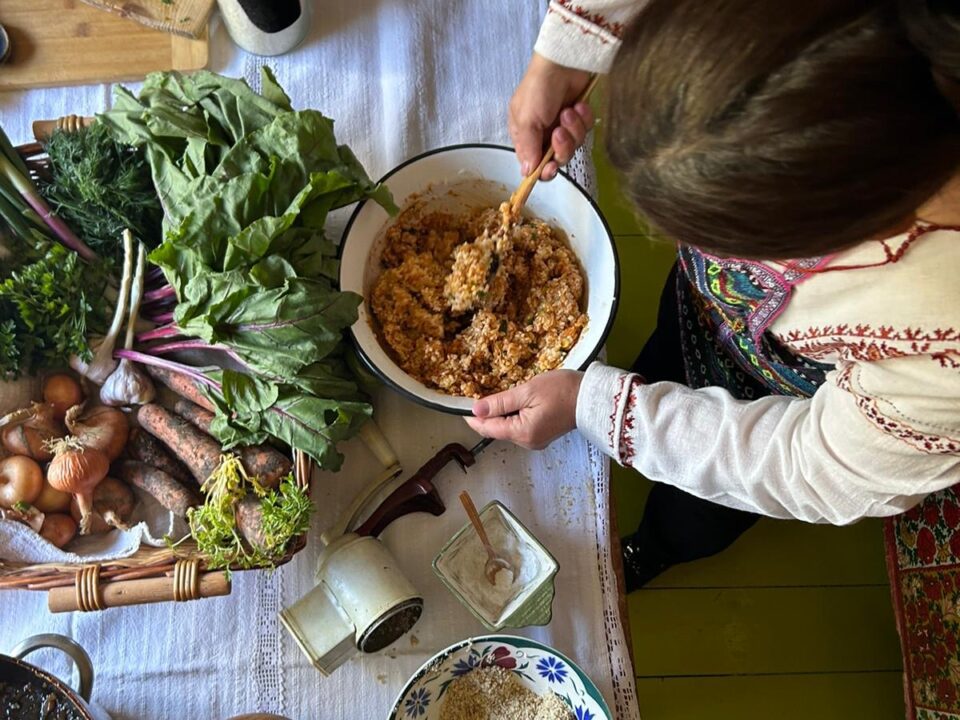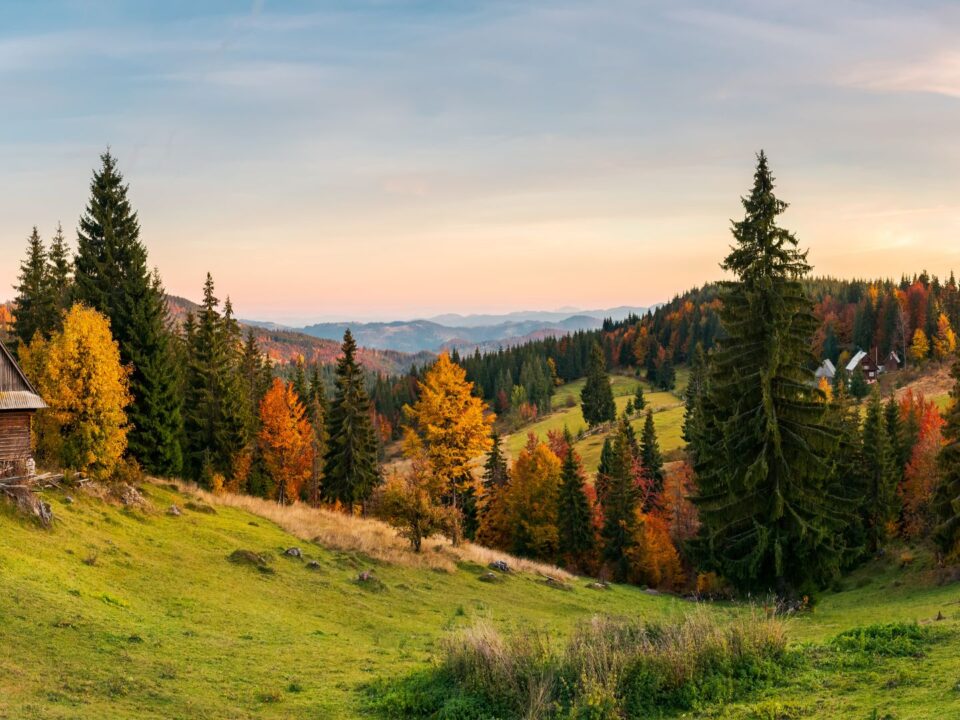
Apuseni Mountains On CNN Travel’s List – Europe’s Most Underrated Places
November 10, 2022
Romania’s National Day – Things You Didn’t Know
November 30, 2022Romania is a lovely destination year-round and is particularly charming during Christmas. If you’re someone who loves tradition and going back to the basics, Romania is a great destination for your Christmas holidays.
Bucovina is probably the richest region when it comes to traditions, making it one of the best places to spend Christmas in Romania.
Situated in the northern part of Romania, in the Eastern Carpathians, Bucovina is idyllic during the Holidays, as winter starts early here. While not all regions in Romania enjoy the snow during Christmas, Bucovina usually welcomes snow long before that.
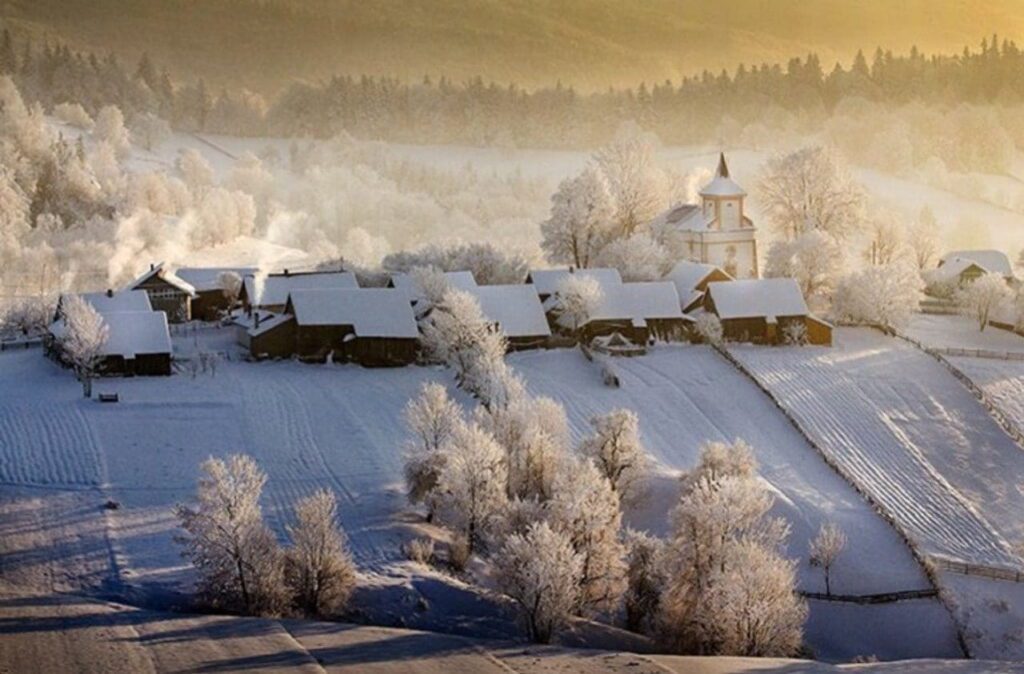
One of the oldest traditions of this region is sacrificing the pigs on St. Ignat Day. St. Ignat Day is celebrated on the 20th of December during the 40-day Christmas fasting, which ends on Christmas Day.
Sacrificing pigs is the only activity that is allowed on this day. It is forbidden for Orthodox Christians to perform any other type of labor, such as sewing, washing, and cleaning.
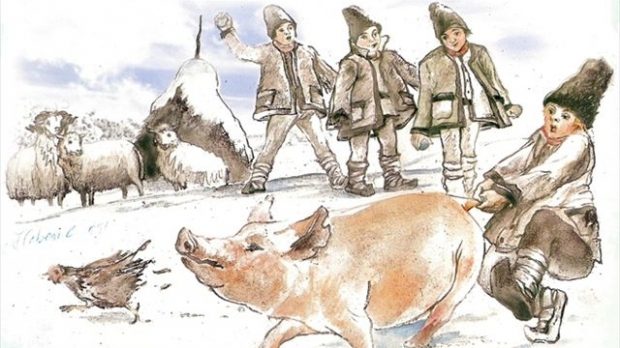
According to tradition, the whole process can only happen between dawn and dusk, as only the rays of light can keep away evil spirits. During Dacian times, the pig was sacrificed as the symbol of darkness. Moreover, the place chosen for the sacrifice used to be blessed with holy water.
In the period before Christmas, villagers gather and sing carols, while preparing their traditional clothes that are to be worn on Christmas Day at the church.

A less barbaric tradition is decorating the house on Christmas Eve, including setting up the Christmas tree, which in the villages in Romania is mostly natural.
Paying off all debts, cleaning, and, of course, cooking is all part of the tradition. The priest goes from house to house carrying an icon to announce the birth of Jesus and to bless the food on Christmas Eve.
Families who have lost a loved one will put a glass of water and colac, a traditional Romanian dough, as it is believed that the souls of the departed, visit their families on this day.
While women are at home preparing it for Christmas Day, the younger ones go from house to house caroling. It is believed that letting carolers into the house brings good luck. This is one of the few Christmas traditions that survived in urban areas. The carolers are given nuts, fruits, and traditional sweets as a thank-you for bringing joy to the house.
Christmas Day is of course dedicated to celebrating. This day marks the end of the fasting period and therefore Christians all over the world celebrate the birth of Jesus with food and drinks.

Caroling continues, although on the 25th of December the married people and elders are the ones who go from house to house to spread joy. They are rewarded mostly with tuica, the traditional Romanian brandy, or wine, which is always homemade by men.
They sing “Steaua” which means “The star”, while also carrying stars on wooden sticks, holding them high above the head, which symbolizes the star that guided the 3 priests to the birthplace of Jesus. The stars are decorated with tinsels and bells. When hearing the bell getting close, people know to open the gates and doors to their homes in order to welcome carolers.
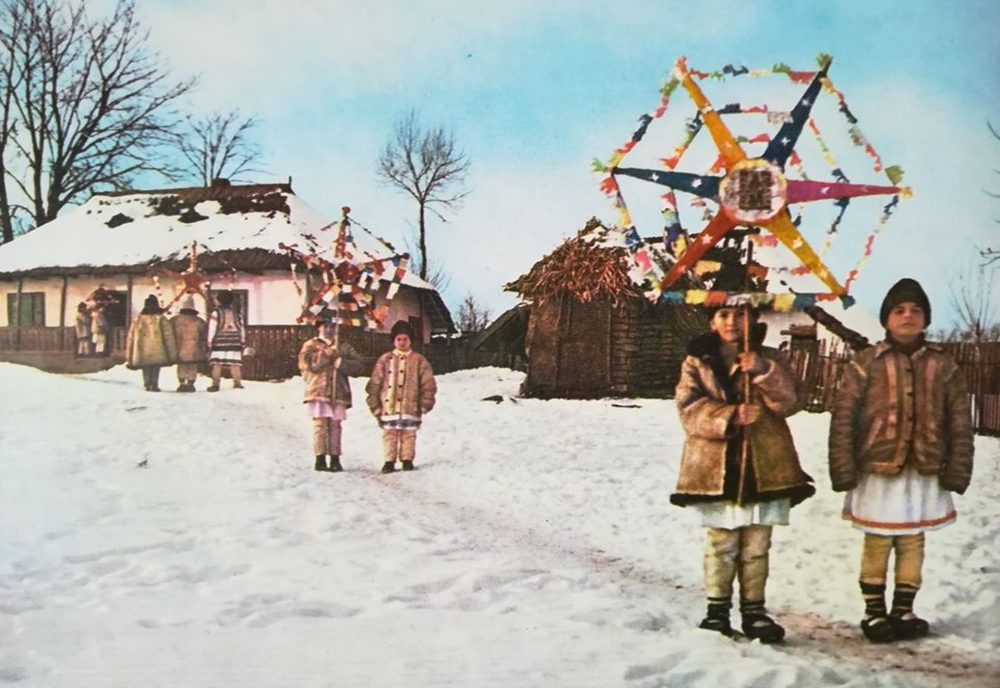
Witnessing these traditions, while the fire is on in the stove, the houses are full of good smells from the freshly prepared foods and baked bread, while outside the trees are almost falling from the heavy snow, is what most Romanians call Christmas, especially the lucky ones who still have family in the countryside.
How does Christmas look to you?

